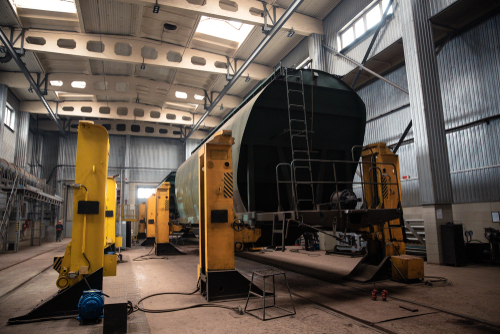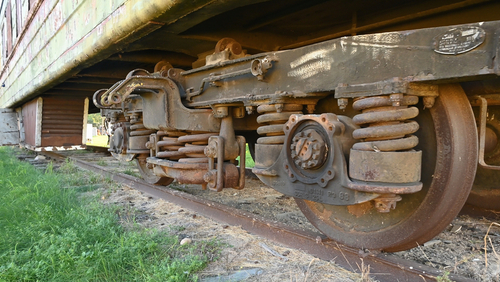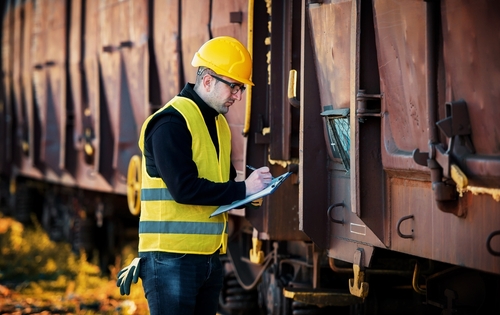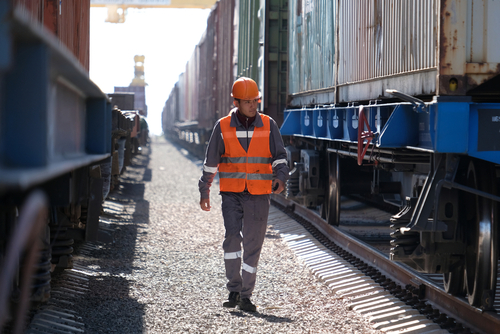
Railroad cars are, essentially, mechanical devices, and they can break. That is why there are frequent inspections for railcar defects and why placing certain cars in “bad order” status is essential for ensuring the efficiency and the safety of the North American rail network. It’s worth knowing what some of the most frequent defects behind bad-order railcars are and what railcar repair companies in Pennsylvania, like Curry Rail Services deal with on a regular basis.
What are bad-ordered cars?
Generally, a bad-order railcar has one or more defects and requires immediate attention before the car can be used again in revenue service. Rail cars are inspected multiple times throughout a single shipment, both by on-the-ground inspectors and by automated devices. These inspections can report on wheel and flange profile, train line and break issues, outlet and door hardware, and more.
Typically, when defects are found the technicians remove the car from the train and set it out to a RIP track. This can often lead to costly repairs and fees for railcar owners and lessees who don’t address the issues in a timely manner and have the rail car shipped to a repair facility. Bad-ordered rail cars can delay shipments and disrupt the shipper’s supply chain.
What are common defects in bad-order cars?

- Broken train line: This issue involves the breakage of the railcar air line, making the braking system inoperable. The in-train crew can often diagnose this problem, making it easier for the repair professionals to resolve the issue.
- Faulty coupler: Another common reason behind bad orders is the need for repairing the coupler. Sometimes, it’s only necessary to replace the coupler knuckle, while at other times you have to replace the entire coupler. Couplers see the most wear and tear during operations, making them a frequent issue with railcars.
- Problems with draft gear: Draft gear is hidden from sight behind the coupler and serves to absorb the shocks as cars get blocked for movement. As we know, couplers see frequent use, and so does draft gear, making failures part of use.
- Wheel issues: Finally, wheels are also a common source of problems with railcars. They can develop flat spots on the surface, and the flange can stop meeting width requirements by the AAR. Wheel repairs and replacements are typically fast and require little downtime.
What is the biggest problem defective cars cause?
Different mechanical faults with railcars can cause a wide range of problems that hamper transportation and reduce efficiency. However, the single most important issue that arises from bad-order cars is derailment.
Derailments come in different shapes and range from simple situations where wheels come off to complete derailments and events where entire railroad cars overturn and cause massive damage and pose a huge safety risk for individuals operating the railroad cars, homeowners in the area, and individuals finding themselves in the vicinity of the derailment.
Who are the leaders among railcar repair companies in Pennsylvania?

We also specialize in engineering and manufacturing cab weldments, engine hoods, underframes, snow plows, fuel tanks, and other equipment, accessories, and parts. We offer nationwide support to all our customers from our repair facility located in Hollidaysburg, Pennsylvania
Contact us today and tell us what you need us to do.


 If you’re looking for an AAR-certified railcar repair facility to
If you’re looking for an AAR-certified railcar repair facility to